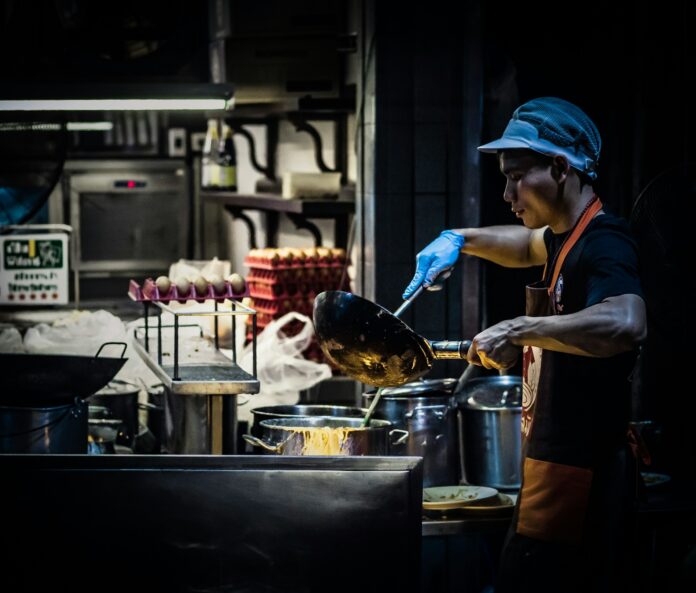One of life’s truly seismic moments is the one when you realise you might be losing it. When the local barber’s ‘Hair today, gone tomorrow’ pun puts you on your bottom and makes you nostalgic for luscious-locked days, you know the times are changing.
Looking ahead (no, not at your head) and into the future, there are some who accept their fate, and allow nature to take its course. And there’s something refreshing about that, no doubt. But for some whose self-esteem is defined by what’s going on up top, there are, fortunately, other avenues to explore.
Hair transplant and restoration techniques can help revive hair lost and counter thinning hair and baldness, restoring both a hairline and a confidence on the wane. If you’re interested, then read on; here are some IDEAL hair restoration and transplant techniques for 2020.
WHAT DOES A HAIR TRANSPLANT INVOLVE?
Let’s go for the nuclear option first, as it’s the one with a most pronounced effect on your lid. A hair transplant involves the removal of tiny pieces of hair scalp grafts from a donor site. These hair grafts are then applied to thinning hair or a bald patch. The grafts are not necessarily all the same size or form; a circular-shaped graft may have approximately 15 hairs, mini-grafts contain roughly four hairs, while a micro-graft has only two hairs.
This isn’t a quick, one size fits all solution; you may need a few sessions to achieve the desired results. The procedure itself may not be painful, although you could feel a bit of discomfort.
Your treatment or donor site is prepared, prior to the operation, and this includes trimming the area very short. Next, you’ll be given a local anaesthetic at the donor site and then the transplant occurs, and can take up to four hours in length. After the procedure, your doctor will close the donor site via stitches. You also don’t need to worry about others seeing these stitches, as the area is hidden by your surrounding hair.
Some ideal hair transplant techniques include the following:
FOLLICULAR UNIT TRANSPLANTATION (FUT)
With this method, your doctor will surgically remove the skin from the rear region of your scalp. Your donor region here is prepared with the help of microscopes, using grafts containing roughly 1-10 hair follicles.
Your doctor will use forceps to insert the grafts to your bald or thinning region, with your donor region being stitched afterwards. You may take up to 30 days to recover from this procedure, and stitches are normally removed after 10 days.
FOLLICULAR UNIT EXTRACTION (FUE)
This method utilises tiny grafts with up to four hair follicles. Your doctor will extract these follicles from the back of your scalp, as with the FUT method. The grafts are then cut into tinier units with the guidance of a microscope. Your doctor then implants the grafts into your balding region.
You may notice that your donor site has rounded markings after the operation. Hair transplant UK specialists Fortes Clinic tell us that you’ll normally need ”roughly 10-15 days to recover from this procedure”. The price in the UK, it should be noted, is considerably more than in other popular destinations for the procedure worldwide, though the safety protocols in place may likely be better here, too.
That said, many choose to undergo this procedure abroad. FUE hair transplant in Turkey is one of the most common and popular destinations for it.
OTHER HAIR LOSS RESTORATION METHODS
That’s not to say that a hair transplant and restoration procedure is the only option for restoring, remedying or disguising thinning air. In fact, there is an array of other treatment options for hair loss that you could also use. Some of these include:
THE USE OF SPECIFIC MEDICATION
You could choose something less invasive than surgery to suit your needs, by using a topical hair loss solution. This usually involves a liquid medication containing Minoxidil. You’ll have to continue using it though, as it’s not a permanent hair loss solution like a hair transplant, and arguably, its best used on mildly thinning hair.
You could also purchase some hair loss pills that contain Finasteride. You may also need to use this consistently if you want lasting effects.
OPTING FOR AN AESTHETIC SOLUTION WITH WIGS
You can also improve your hair’s appearance with different wigs. These simply cover your bald patches or thinning areas. Some of the advantages here is that you can change your look regularly and match your ‘do with your outfit using different colour wigs and wigs designed in different styles. Variations include mesh and polyurethane wigs, and open weft units. You could also select full or partial wigs or hairpieces.
UTILISING A COSMETIC ENHANCER
So far, we’ve only mentioned largely temporary solutions that require continuous treatment and attention to maintain your desired results. Cosmetic enhancers, on the other hand, affect only the appearance, and sometimes the colour of your hair or scalp, and not the structure or functionality of your living cells.
Some of these include steroid creams and injections, powders like HLS hair fibre and even sprays, designed to hide your thinning or bald patches. They can, however, only be applied to an area where there is still hair growing.
Simply put, cosmetic enhancers cannot halt hair loss, the primary benefit being that applying cosmetic enhancers don’t require any surgery or recovery time.
*All cosmetic surgery procedures in the UK must take place in a hospital or clinic which has been registered with the Care Quality Commission (CQC), which publishes ratings regarding the quality of care offered. You can check here to see if the clinic is registered; simply enter your postcode or the same of the clinic.
In addition, any cosmetic surgery in the UK must be performed by a registered doctor. You can check on the General Medical Council online register to see if the person carrying out your surgery is registered. It should be noted that other countries will have different, sometime less stringent, checks and certifications in place.*





